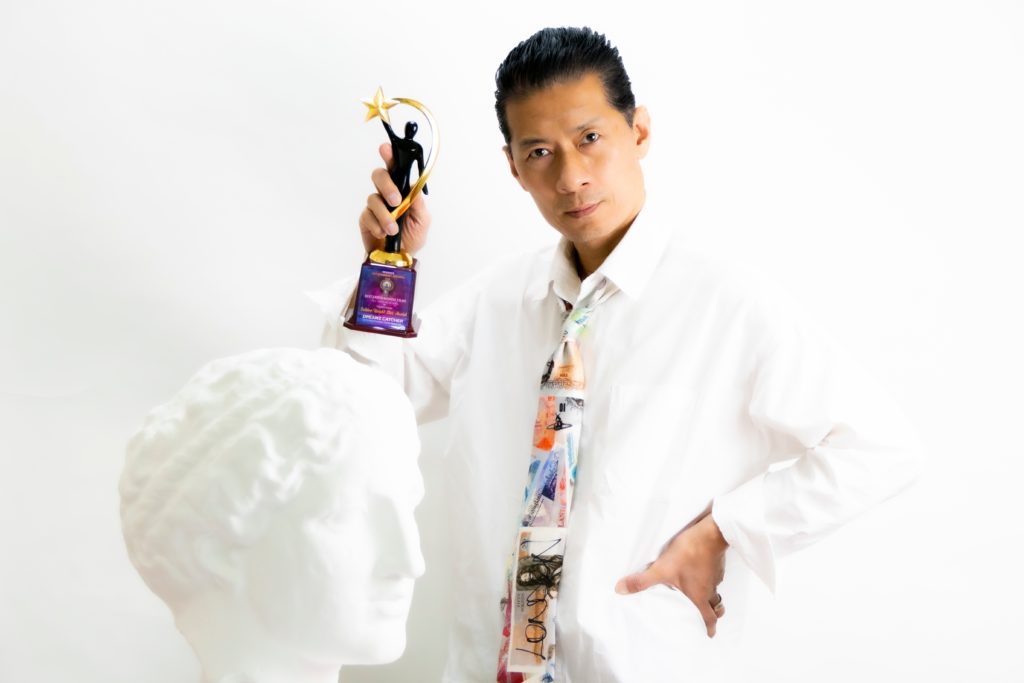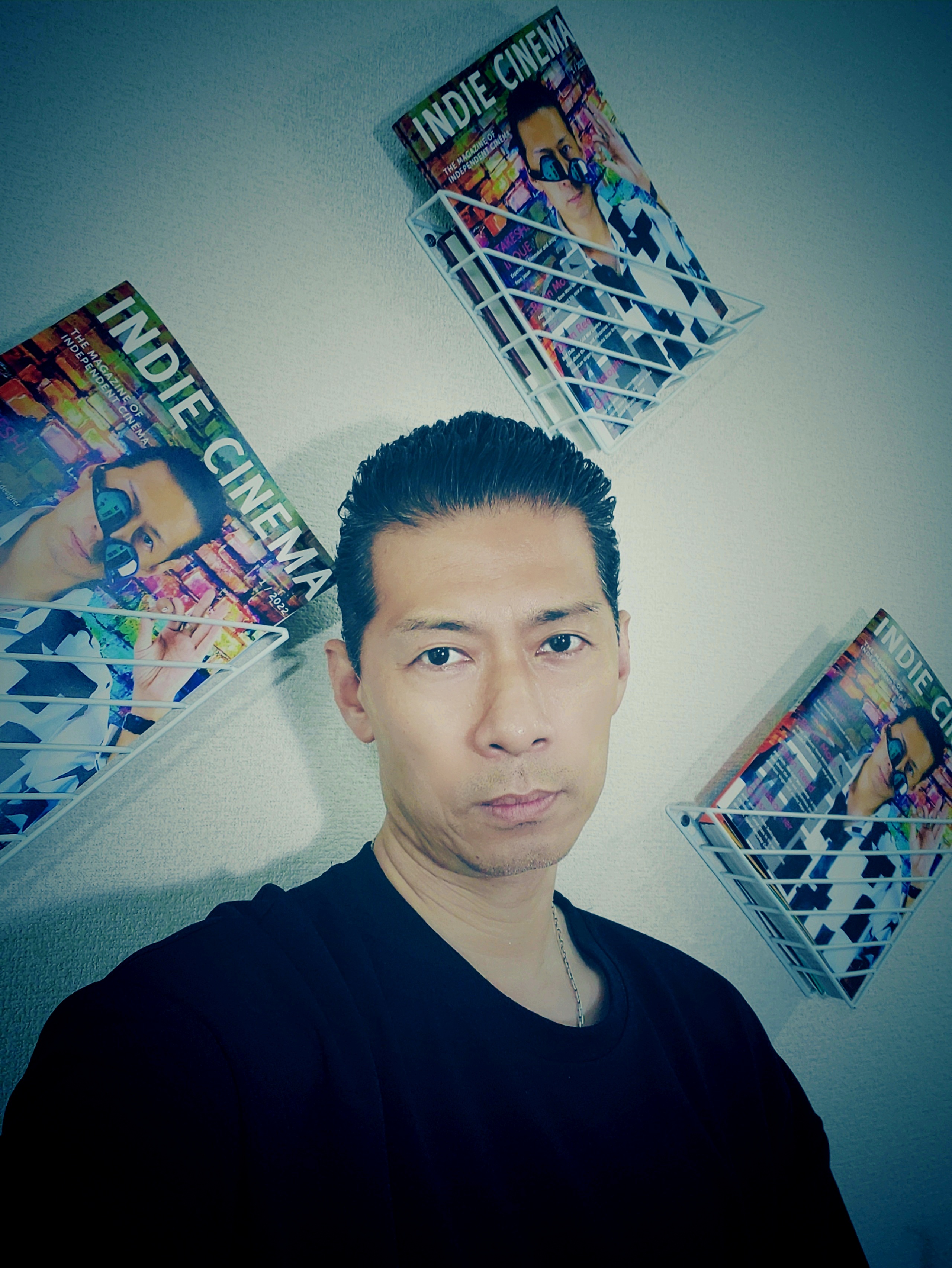Takeshi Inoue’s “HERITAGE OF SOUL”, is an experimental film about a mysterious city named Onomichi, in Japan, where the distortion of time and space can be easily felt. The film conveys different aspects of time and energy and how they are related to us. It is the sixth and final work in the W∞ series by Inoue. Despite the film’s experimental nature, Inoue defines it also as a documentary because it describes events which he experienced himself.

What was your subject in university?
I did not go to college and graduated from high school. In high school I studied mechanics. I hated studying very much. At that time I never imagined that I would produce films.
You are not only a film director, you are also a talented composer. Your music perfectly complements your films. What instruments do you play? Can you tell us about your musical education?
The music is also my original, but I do not have the skills to play an instrument and use a music composition application. For this film, I played and recorded the music live, manipulating the complex timeline with inspiration.
How were you first inspired to create the W∞ series of films?
In Hiroshima Prefecture, Japan, there is a magical place called Onomichi, where you can feel the time and space. When I first visited that place, my passion was awakened and the inspiration for “W∞” descended.
Please elaborate on what the red and yellow circles symbolize?
Red circle = I ( Take-chan )
Yellow circle = Jung-mee
With absolute power and imagination, it spins and sways with wasted energy. Then Jung-mee, the yellow circle, appeared and guided me in the right direction.
This is a true story. Jung-mee, my best friend, always gave me sound advice and helped me grow as a creator.
What do the stairs mean for you in the film?
The staircase scene in the movie represents my life itself. I am always striving to improve and to keep climbing the stairs even when it is hard. Also, this place called Onomichi is very hilly and has many stairs, and I have memories of enjoying climbing them even though they were tough. I added the scene as a symbolic place of Onomichi, overlapping my life.
What was the reasoning behind using the Russian narration?
The narration is in Russian, but I did not put much depth into it at the time of production. I chose Russian because I thought it would be more effective to include the narration as part of the visual expression rather than to help people understand the scene, and I thought the intonation was cool. Today, when peace has been undermined, I would choose another language.

Can you tell us something about the dancer Yuina?
YUINA, the dancer, is the daughter of Jung-mee. She is a former ballet dancer. She gave a full-length performance for my film. I did the makeup and Jung-mee did the choreography. There were no rehearsals; the performance was entirely inspired. Without them, this film would not have been completed and I am very grateful to them.
What kind of future plans do you have regarding film-making? Do you wish to make a feature film in the future?
As for future filmmaking, I would definitely like to try my hand at a feature film. I would like to further evolve my current work and create an innovative film that moves freely through time and space.
Filmmaker and designer Takeshi inoue
Takeshi Inoue is a designer and experimental filmmaker from Japan. Inoue started creating short films in 2002. His films have been screened at various film and art festivals all over the world. Inoue is also CEO of QOOV, a video production and graphic design company.
